DESIBUZZCanada
Events Listings
Dummy Post
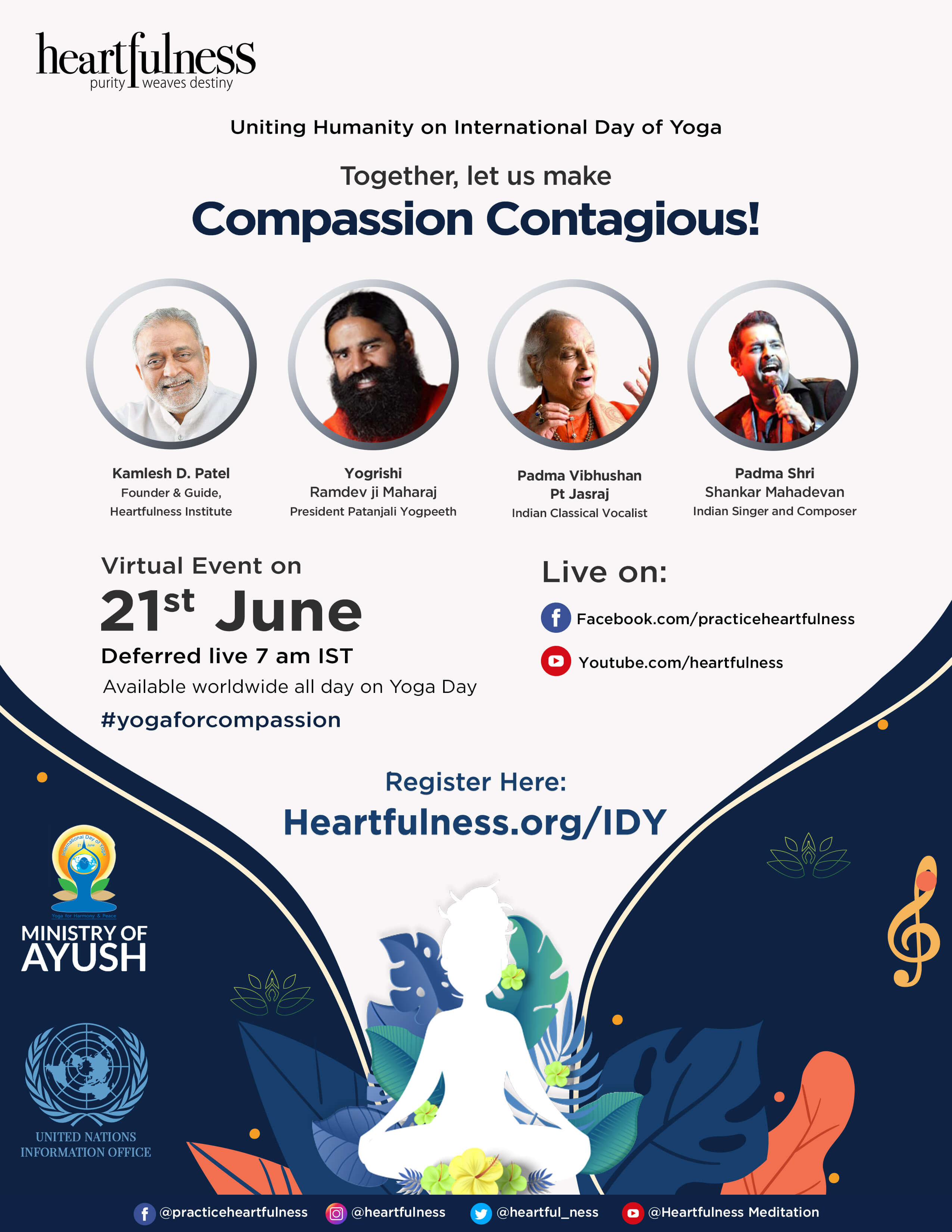
International Day Of Yoga To Be Virtually Celebrated Saturday At 4pm
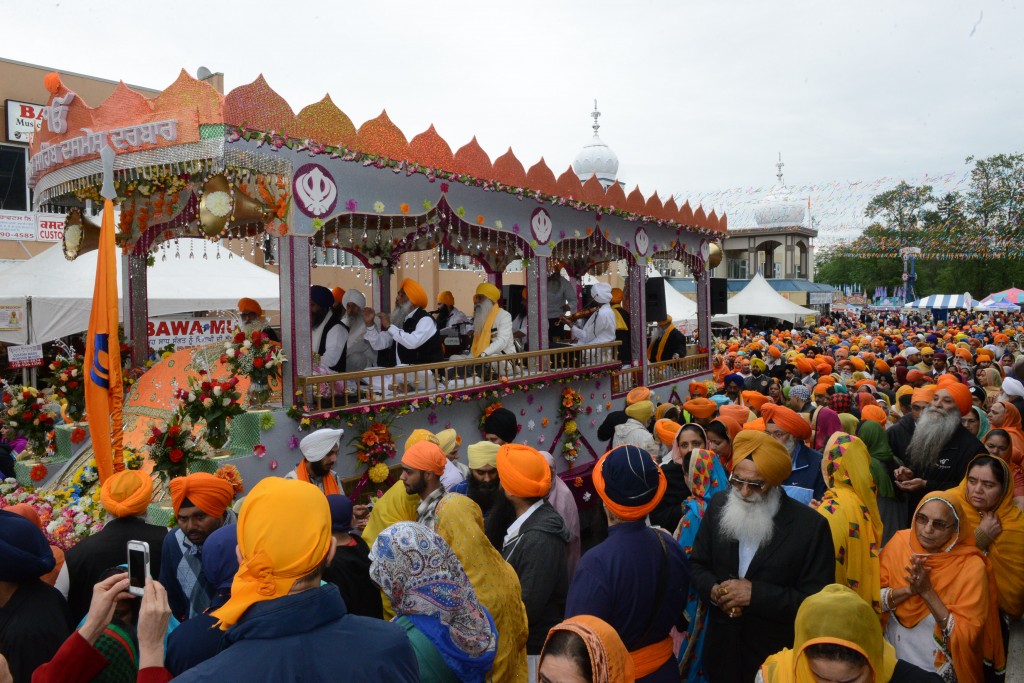
CANCELLED: Coronavirus Fears Kills Surrey’s Vaisakhi Day Parade

ADVERTISE WITH US: DESIBUZZCanada Is The Most Read South Asian Publication Online
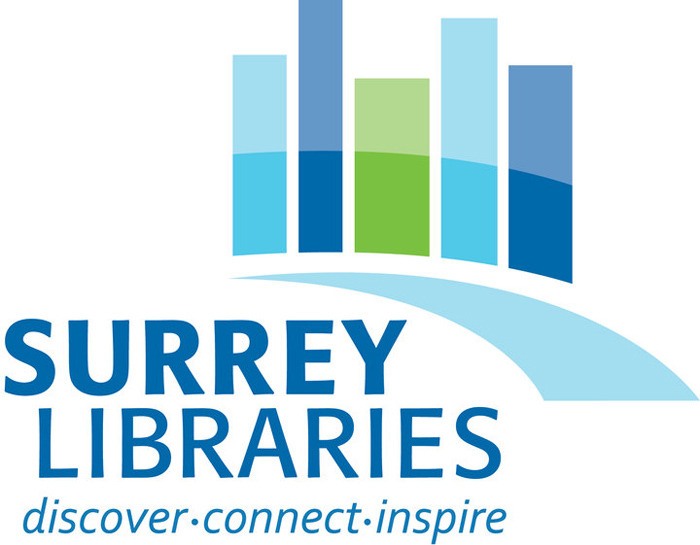
SURREY LIBRARIES: Get Technology Help At Surrey Libraries
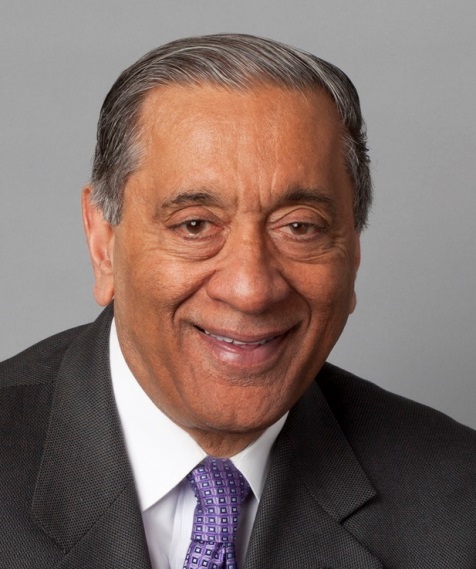
WALLY OPPAL: Surrey Police Transition Update On Feb. 26
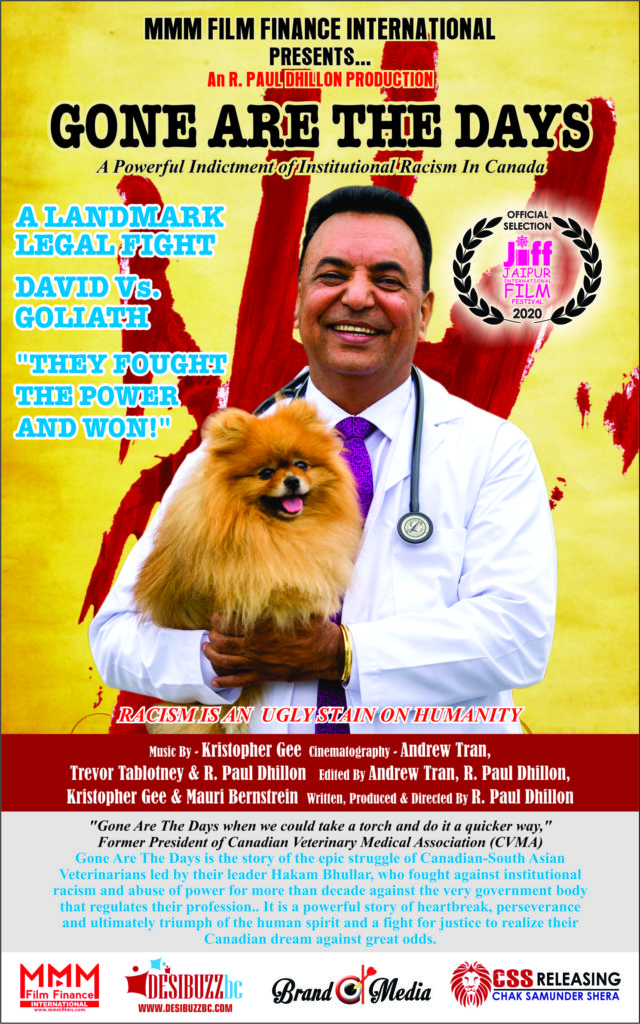
GONE ARE THE DAYS - Feature Documentary Trailer
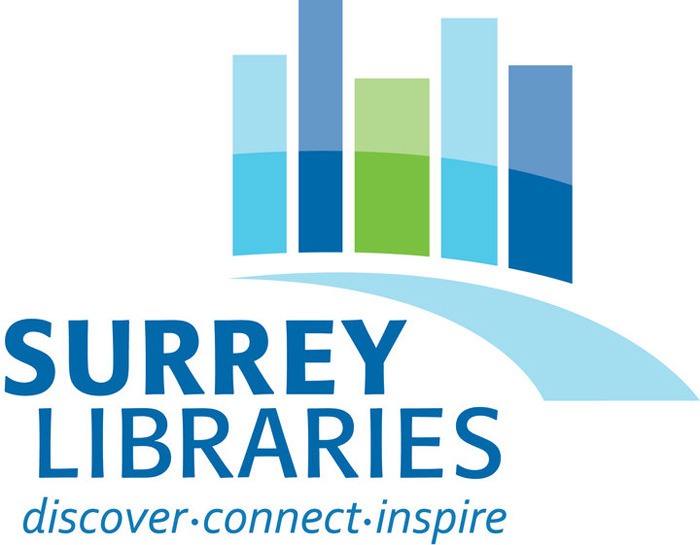
Technology Help At Surrey Libraries

Birding Walks

Plea Poetry/short Story : Youth Contest
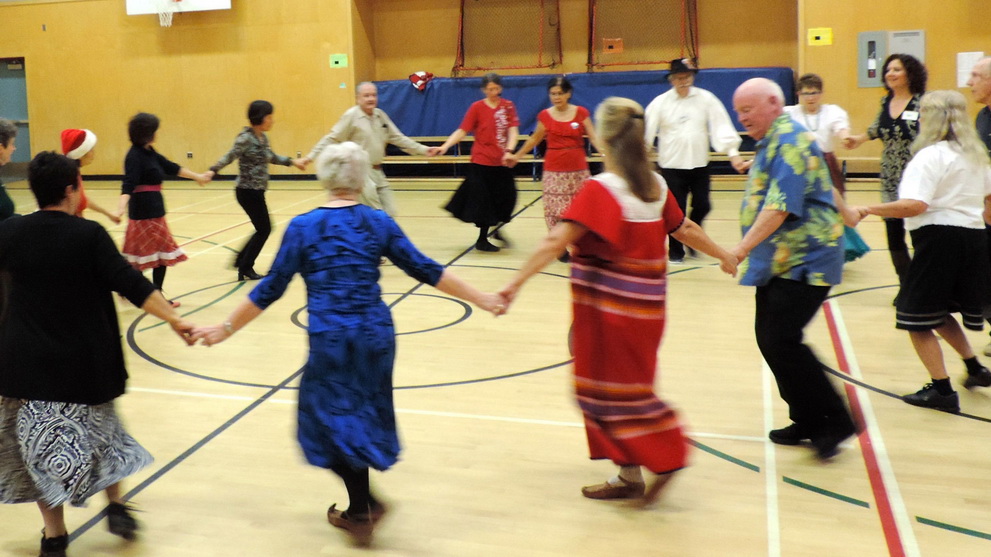
International Folk Dancing Drop-in Sessions
SAMAI DI AWAAZ: A Historic And Unique Experiment In Radio Broadcasting By South Asians In Canada Archived
- August 10, 2025
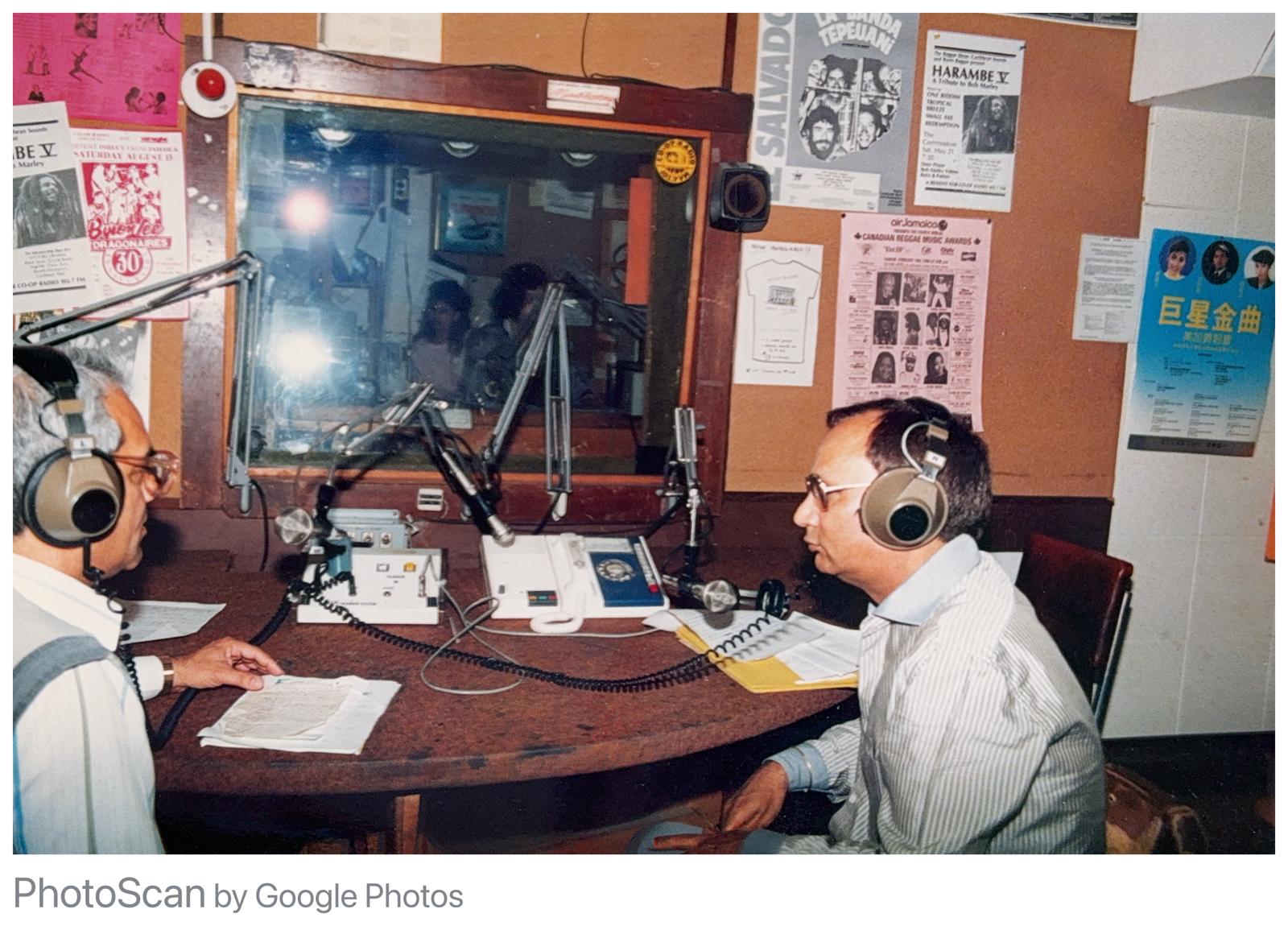
Late activist and social worker Charan Pal Singh Gill, OBC (17 June 1936 – 2 February 2021) took the initiative to secure a timeslot for the program from Vancouver Co-op Radio on behalf of PICS Society (then named Progressive Indo-Canadian Community Services). The original programming team included Charan Pal Singh Gill, Sukhwant Hundal, Nita Pandher, Rani Gill, Kulvinder Bains, and Nick Sahota. Soon, Rita Gill, Surjeet Kalsey, Harji Sangra, and Makhan Tut also joined the team. During the same period (1986-1989), an experiment took place in the Panjabi/South Asian radio broadcasting scene in Vancouver to air a unique and innovative radio program, Samai Di Awaz (The Voice of the Times). We are pleased to announce that out of all episodes of The Voice of the Times broadcast between 1986 and 1989, an archive of 70 episodes has been compiled. The archive will be launched online on August 17, 2025, and will be freely accessible to anyone worldwide. The launch event will take place on August 17, at 1:15 pm, at Surrey Public Library’s Central Branch, Meeting Room 120. Everyone is warmly invited to join us.
By Sukhwant Hundal
The radio has a vibrant presence in Canada’s Panjabi and South Asian media today. Operating 24/7, numerous radio stations serve all regions with large Panjabi and South Asian populations across Canada.
However, that was not the case from the start. Panjabi / South Asian radio stations first emerged in Canada during the early 1970s. During those days, Panjabi radio broadcasters purchased airtime, usually an hour or two each week, from mainstream radio stations. Their programs mainly featured Panjabi-Hindi songs, music, and advertisements. The goal of the broadcasters was to maximize advertising revenue and earn a living. The situation largely stayed the same until the 1990s.
During the same period (1986-1989), an experiment took place in the Panjabi/South Asian radio broadcasting scene in Vancouver to air a unique and innovative radio program, Samai Di Awaz (The Voice of the Times). It had the format of a weekly radio magazine and was broadcast for an hour each Saturday on Vancouver Co-op Radio 102.7 FM. A bilingual program delivered in Panjabi and English, its content was made of both global and local issues that affected the community. It did not run advertisements because the program’s goal was not to earn profit, but to raise the community’s awareness about the challenges faced by it. In this article, I will provide a brief introduction to the radio program Samai Di Awaz (The Voice of the Times).
Late activist and social worker Charan Pal Singh Gill, OBC (17 June 1936 – 2 February 2021) took the initiative to secure a timeslot for the program from Vancouver Co-op Radio on behalf of PICS Society (then named Progressive Indo-Canadian Community Services). The original programming team included Charan Pal Singh Gill, Sukhwant Hundal, Nita Pandher, Rani Gill, Kulvinder Bains, and Nick Sahota. Soon, Rita Gill, Surjeet Kalsey, Harji Sangra, and Makhan Tut also joined the team. Apart from the programming team, from time to time, many community members contributed to preparing the program's content. Notable among these are Amarjeet Sufi, Sadhu Binning, Ajmer Rode, and Sarwan Boal.
Hosted by first- and second-generation South Asian Canadians in Panjabi and English, the program featured a variety of interviews and music. It included both locals and visitors to Canada, such as global intellectuals, social and political activists, artists, writers, volunteers working with women’s rights organizations, cultural workers, and others, along with a selection of progressive songs and music. To give you a sense of the issues facing the Panjabi/South Asian community in Canada covered in the program, I will provide a few examples: the challenges encountered by immigrant workers of Indian origin and their struggles, racism, intimate partner violence, problems of elderly members of the Indo-Canadian community and efforts by seniors’ organizations to address them, the cultural gap that caused tensions between first-generation immigrant parents and their Canada born children, the history of South Asians in Canada, immigration issues, challenges faced by new immigrants in settling in, and information about programs offered by institutions to help them address these issues. Additionally, reports and interviews on a thriving literary tradition, theatre, and other cultural activities of the South Asian community in Canada were presented. Many programs included radio adaptations of plays written by Panjabi playwrights about the life of the Panjabi community in Canada. Special efforts were made to conduct interviews with renowned Punjabi personalities visiting Canada.
Undoubtedly, India was also discussed in The Voice of the Times, but the focus of the program was mainly on Canada. The reasoning behind this was that since we are now in Canada, we are meant to stay here permanently, and our children will grow up and live here as well. Therefore, we need to understand this society and actively participate in its affairs. As a community, we can achieve this by continuing our discussions about Canadian society. Consequently, most programs on The Voice of the Times focused on the life and conditions of Panjabis/South Asians. The programming team was aware that, since we come from Panjab/India, we share an emotional bond with it, so we want to stay informed about it as well. That is why, though The Voice of the Times carried programs on Panjabi/India, most of the content produced by it was focused on Canada.

While selecting topics for the program, careful consideration was given to ensure the discussion was not solely focused on the Panjabi/South Asian community, but on the entire Canadian society. That is why The Voice of the Times covered conversations about both the mainstream majority community and minority multicultural groups. Additionally, events and developments at the international level were also included for discussion in the program. The thinking behind it was that we can not make progress by being a ghettoized community in Canada. We will flourish only if we are aware of the national and international issues beyond our community.
Here, it is important to note that most episodes of The Voice of the Times featured two hosts: one who spoke Panjabi and a second-generation Panjabi who spoke English. The purpose of this setup was to create a platform that facilitated communication across generational lines. It also ensured the program addressed concerns relevant to both generations and that the perspectives of both groups on community issues could be represented.
One of the notable features of The Voice of the Times worth mentioning is field reporting. The segments featured in it were not studio-based alone; volunteers working with the program went out to cover all the activities taking place in the community, including meetings, conferences, rallies, demonstrations, processions, and protest marches, recorded what happened there and brought the audio recordings back. Then they edited the audio recordings and made reports for the program. This added credibility to the reports of meetings, marches, etc carried by the program. There was a very unique way this was accomplished. The volunteers of The Voice of the Times had neither training in audio editing nor the necessary equipment. They simply relied on cassette-playing double-deck tape recorders. In one deck, they inserted the original cassette of the recording and placed a cassette in the other deck to record the edited audio. In this way, they prepared the edited recording by transferring the relevant portions of the original recording. Today, audience members might find these reports based on field recordings somewhat crude from a technical standpoint. Given the circumstances at the time, the volunteers of The Voice of the Times truly did their best to make a positive impact.
An interesting fact about the presenters of The Voice of the Times is that many of them were leading activists involved with organizations, and cultural and literary associations working for the community's betterment, or were prominent supporters of these groups. That’s why they often identified themselves as social activists rather than broadcasters and saw radio broadcasting as an instrument to raise social awareness within the community on various issues. The influence of this vision of the activists is quite evident in many episodes of The Voice of the Times.
We are pleased to announce that out of all episodes of The Voice of the Times broadcast between 1986 and 1989, an archive of 70 episodes has been compiled. These episodes have been digitized and uploaded to an online archive. This collection serves as a significant record of the cultural life and social history of Canada’s Panjabi/South Asian community during that period. We hope the archive will serve as a valuable resource, enabling people to gain insight into the community's life in the 1980s, the challenges it faced, and the community's efforts to address those challenges. This archive will act as an authoritative source, providing strong, evidence-based information that can benefit the general public, community history students, scholars, and researchers. The archive will be launched online on August 17, 2025, and will be freely accessible to anyone worldwide. The launch event will take place on August 17, at 1:15 pm, at Surrey Public Library’s Central Branch, Meeting Room 120.
Everyone is warmly invited to join us
https://sukhwanthundal.wordpress.com/2025/08/08/samai-di-awaz-the-voice-of-the-times/
https://sukhwanthundal.tumblr.com/post/791351833653395456/samai-di-awaz-the-voice-of-the-times
















